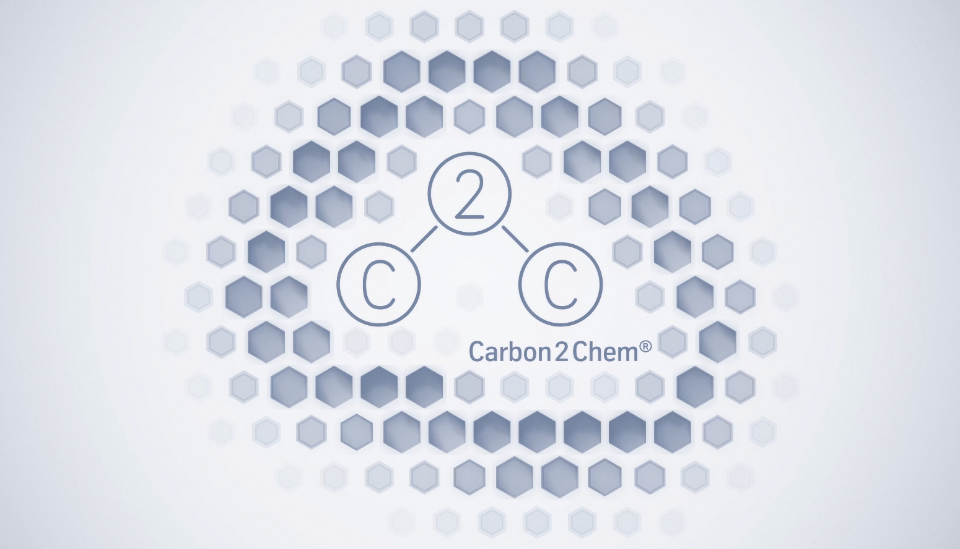***Please note: Carbon2Chem® is entering its third phase. This page will be updated accordingly. It currently contains information from the second project phase.***
Facts and figures | Carbon2Chem® subprojects | Carbon2Chem® image film
Since 2016, Carbon2Chem® has been developing modular concepts and building blocks for the capture and utilization of carbon monoxide (CO) and carbon dioxide (CO2) from various industrial process gases as a contribution to climate protection. The joint research project, funded by the German Federal Ministry of Education and Research (BMBF), is a technology platform for carbon dioxide capture and utilization (CCU) solutions. A consortium of companies and research institutions is working on solutions to support society, industry and politics in planning, designing and implementing the energy transition.
A key objective of Carbon2Chem® is to develop concepts, technologies and processes that enable 100% substitution of carbon from fossil raw materials. The carbon is separated from fossil or biogenic processes in the form of CO and CO2 and fed into a chemical synthesis. The aim is to use industrial point sources such as steelworks, lime works or thermal waste treatment plants as a source of carbon instead of fossil raw materials.
The process gases from the point sources have fluctuating compositions and impurities. The research and development in Carbon2Chem® provide solutions that ensure a stable synthesis under these conditions. The central building block here is gas cleaning and conditioning. Only with suitable gas pre-treatment can the catalysts used – e.g. in methanol synthesis – be protected from harmful impurities.
The third and final phase of Carbon2Chem® (2025 to 2028) will focus on the following work:
- Supporting the energy transition and the defossilization of industry
- Enabling a carbon cycle within the technosphere
- Designing and verifying different concepts for carbon utilization from industrial point sources (steel/lime production and thermal waste treatment)
- Verification of the results so far at the pilot scale in the Carbon2Chem® pilot plant
- Deriving sustainable business models based on the developed and verified technology building blocks
- Analysis and evaluation of the regulatory framework for carbon management
Fraunhofer UMSICHT is supporting the project in many areas as it moves from pilot application to industrial application.
 Fraunhofer Institute for Environmental, Safety and Energy Technology UMSICHT
Fraunhofer Institute for Environmental, Safety and Energy Technology UMSICHT




